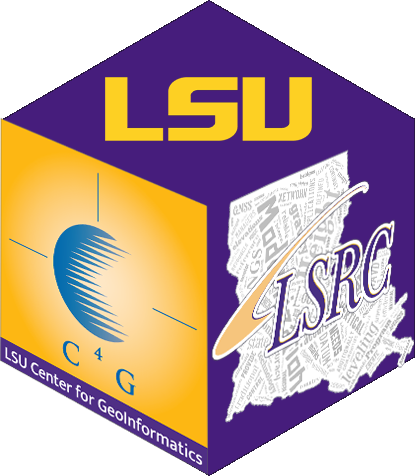About Web mapping
Field of Research
Web mapping is the process of using maps delivered by geographical information systems (GIS). Since a webmap on the World Wide Web is both served and consumed, web mapping is more than just web cartography, it is both a service activity and consumer activity.
Web GIS emphasizes geodata processing aspects more involved with design aspects such as data acquisition and server software architecture such as data storage and algorithms, than it does the end-user reports themselves. The terms web GIS and web mapping remain somewhat synonymous. Web GIS uses web maps, and end users who are web mapping are gaining analytical capabilities. The term location-based services refers to web mapping consumer goods and services. Web mapping usually involves a web browser or other user agent capable of client-server interactions.
While web mapping today is still being developed, challenges and innovations involving the feedback of the quality, the usability, the social benefits, and the legal constraints, drive its evolution.
Development and implementation
The advent of web mapping can be regarded as a major new trend in cartography. Until recently cartography was restricted to a few companies, institutes and mapping agencies, requiring relatively expensive and complex hardware and software as well as skilled cartographers and geomatics engineers.
With the rise of web mapping, a range of data and technology was born - from free data generated byOpenStreetMap to proprietary datasets owned by Navteq, Google, Waze, and others. A range of free software to generate maps has also been conceived and implemented alongside proprietary tools like ArcGIS. As a result, the barrier to entry for serving maps on the web has been lowered.
Types of web maps
A first classification of web maps has been made by Kraak in 2001. He distinguished static and dynamic web maps and further distinguished interactive and view only web maps. Today there an increased number of dynamic web maps types, and static web map sources.
Analytic web maps
Analytic web maps offer GIS analysis. The geodata can be a static provision, or need updates. The borderline between analytic web maps and web GIS is fuzzy. Parts of the analysis can be carried out by the GIS geodata server. As web clients gain capabilities processing is distributed.
Animated and realtime
Realtime maps show the situation of a phenomenon in close to realtime (only a few seconds or minutes delay). They are usually animated. Data is collected by sensors and the maps are generated or updated at regular intervals or on demand.
Animated maps show changes in the map over time by animating one of the graphical or temporal variables. Technologies enabling client-side display of animated web maps include scalable vector graphics (SVG), Adobe Flash, Java, QuickTime, and others. Web maps with real-time animation include weather maps, traffic congestion maps and vehicle monitoring systems.
CartoDB launched an open source library, Torque, which enables the creation of dynamic animated maps with millions of records. Twitter uses this technology to create maps to reflect how users reacted to news and events worldwide. See here: How the match played out on twitter
Collaborative web maps
Main article: Collaborative mapping
Collaborative maps are a developing potential. In proprietary or open source collaborative software, users collaborate to create and improve the web mapping experience. Some collaborative web mapping projects are:
Google Map Maker
Here Map Creator
OpenStreetMap
WikiMapia
meta:Maps - a survey of Wikimedia web mapping proposals
Online atlases
The traditional atlas goes through a remarkably large transition when hosted on the web. Atlases can cease their printed editions or offer printing on demand. Some atlases also offer raw data downloads of the underlying geospatial data sources.
Static web maps
Static web pages are view only without animation or interactivity. These files are created once, often manually, and infrequently updated. Typical graphics formats for static web maps are PNG, JPEG, GIF, orTIFF (e.g., drg) for raster files, SVG, PDF or SWF for vector files. These include scanned paper maps not designed as screen maps. Paper maps have a much higher resolution and information density than typical computer displays of the same physical size, and might be unreadable when displayed on screens at the wrong resolution.
Other C4G Fields of Research
• GeoInformatic • Geodesy • Global Navigation Satellite Systems • Spatial analysis • Remote sensing • Photogrammetry • Tectonic subsidence • Plate tectonics • GIS - geographical information science • Cartography •
